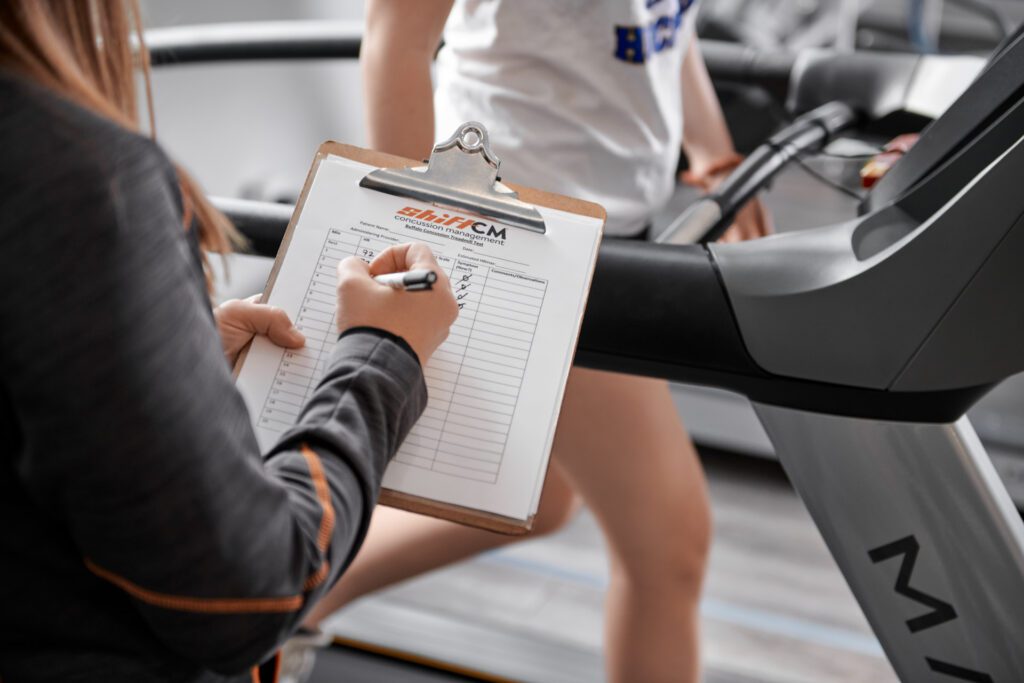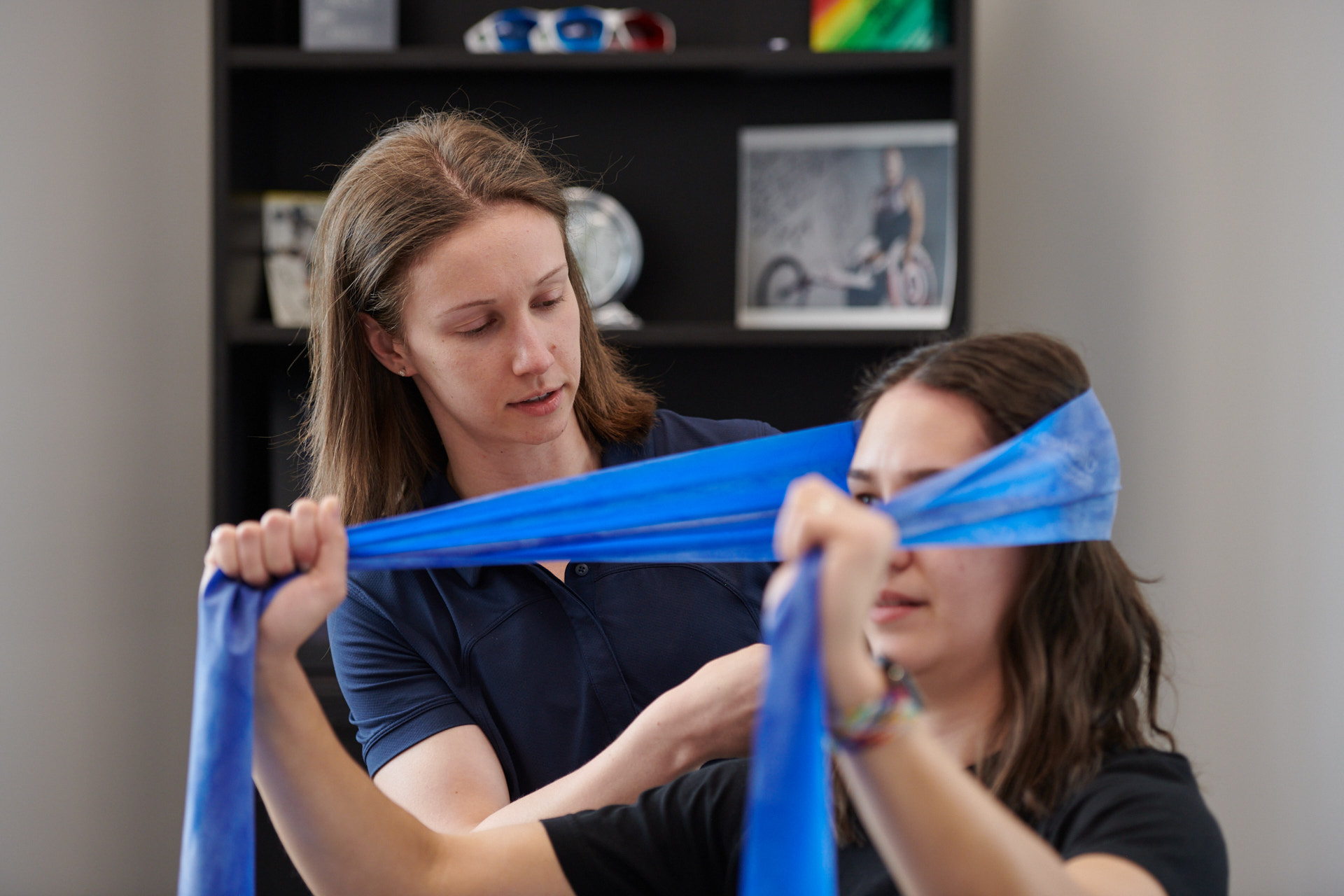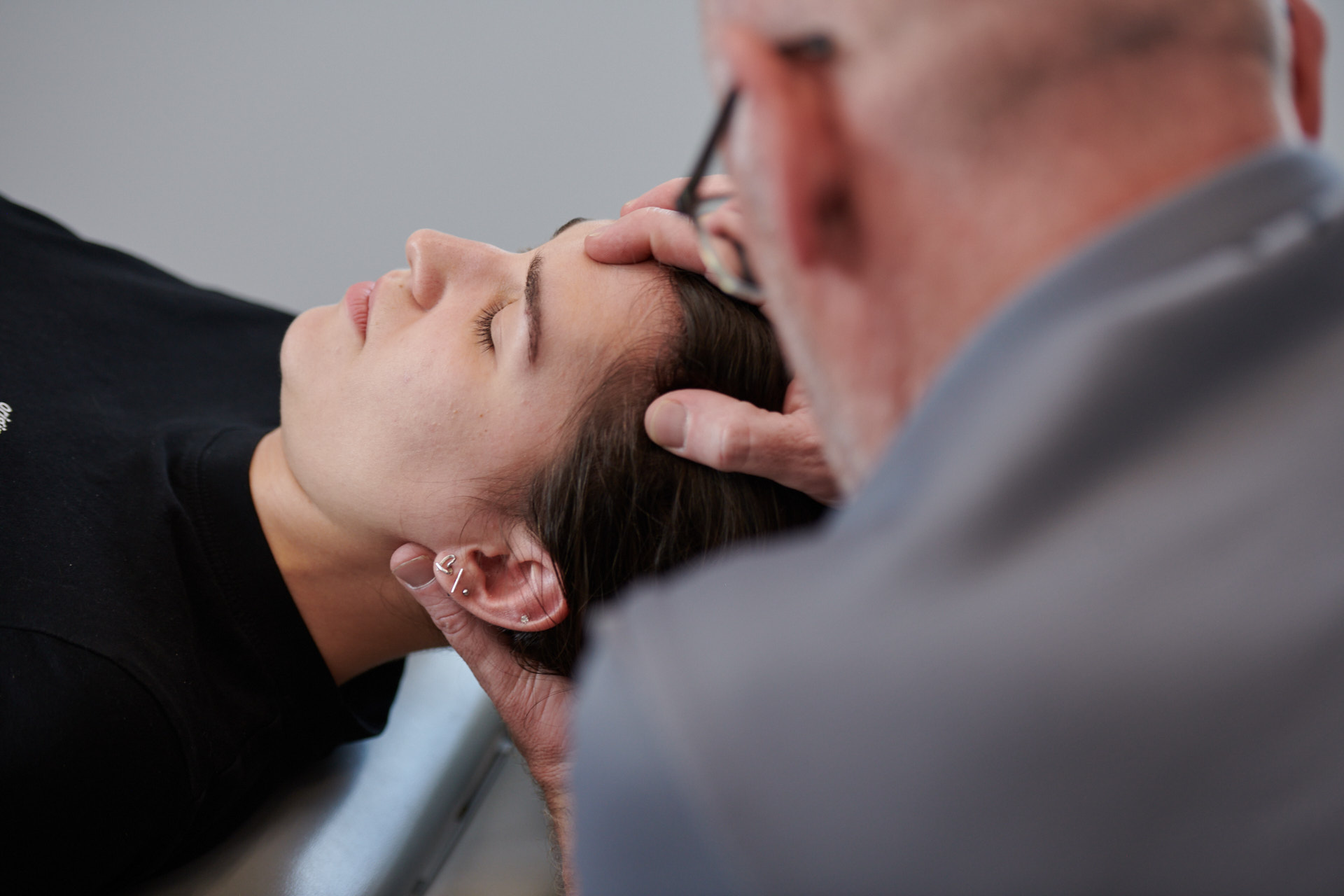Can I Exercise after a Concussion?
Concussions are a common injury, particularly among athletes. For years, the standard recommendation following a concussion was complete rest until symptoms subsided. However, recent research is shifting this paradigm, suggesting that controlled aerobic programs can actually aid in a quicker recovery (1-3). This evolving understanding is transforming concussion management and offers hope for both acute concussions and postacute (persistent) concussion symptoms.
The Traditional Approach to Concussion Recovery
For decades, the conventional wisdom surrounding concussion recovery centred on rest. Athletes were often advised to completely withdraw from physical and cognitive activities until they were symptom-free. This approach was grounded in the belief that the brain needed time to heal, and any form of exertion could potentially worsen the injury or prolong recovery.
While a certain amount of rest, particularly in the first 24-48 hours, is still a critical component of concussion management, new research indicates that prolonged inactivity may not be the best approach for everyone. In fact, excessive rest can sometimes contribute to a slower recovery or even exacerbate certain symptoms, such as headaches, fatigue, and mood disturbances.
Emerging Evidence: The Role of Aerobic Exercise
Recent studies have begun to explore the benefits of controlled aerobic exercise following a concussion. This approach contrasts with the traditional rest-only model and suggests that, when done correctly, aerobic exercise can support brain healing and speed up recovery, even when that exercise is initiated while the athlete is still experiencing symptoms.
One of the leading voices in this field is Dr. John Leddy, a clinical professor at the University at Buffalo and a researcher at the forefront of concussion recovery. Dr. Leddy and his team have conducted pioneering research on the safety and efficacy of aerobic exercise in concussion management. Their work challenges the long-standing notion that rest is the only option and provides a structured framework for safely reintroducing physical activity after a concussion.
Dr. John Leddy and the Buffalo Concussion Treadmill Test
Dr. Leddy’s research focuses on what is known as the “Buffalo Concussion Treadmill Test” (BCTT). This test is a controlled method for assessing an individual’s exercise tolerance following a concussion. The BCTT involves having the concussed individual walk on a treadmill while their heart rate and symptoms are closely monitored. The goal is to determine the point at which symptoms increase, which helps in identifying a safe level of exercise intensity.
Dr. Leddy’s studies have shown that starting aerobic exercise at a prescribed intensity, below the symptom threshold identified by the BCTT, can actually facilitate recovery. This controlled exercise helps improve blood flow to the brain, enhances mood, and supports overall physical conditioning—all of which contribute to a quicker and more complete recovery. The exercise program can be gradually progressed week over week (depending on the athlete’s response) with the goal of reducing symptoms of exercise intolerance and increasing exercise output.
For example, a 2021 study led by Dr. Leddy found that adolescents who participated in controlled aerobic exercise within 10 days of a concussion were more likely to recover within 4 weeks of the concussion compared to those who were assigned to a placebo stretching group (2). The exercise group demonstrated a 48% reduced risk of developing persistent symptoms (persistent post concussion disorder) relative to the stretching group.
The Science Behind Aerobic Exercise and Brain Recovery
So why does aerobic exercise help with concussion recovery? The key lies in how exercise affects the brain and the body’s autonomic nervous system.
After a concussion, the brain’s ability to regulate blood flow and maintain homeostasis can be disrupted. This dysregulation can lead to symptoms like headaches, dizziness, and cognitive difficulties. Aerobic exercise, when done at a sub-symptom threshold, can help restore this balance by improving cerebral blood flow and stabilizing the autonomic nervous system.
Additionally, exercise stimulates the release of endorphins (as well as other favourable biomarkers involved in neuronal health and growth), which are natural mood enhancers. This can be particularly beneficial for individuals experiencing post-concussion symptoms like depression or anxiety. By improving both physiological and psychological aspects of recovery, aerobic exercise offers a holistic approach to healing after a concussion.
Acute vs. Postacute (Persistent) Concussions
The benefits of aerobic exercise are relevant for both acute concussions (immediate phase post-injury) and postacute or persistent concussions (symptoms lasting beyond the typical recovery period).
In the acute phase, controlled aerobic exercise can help speed up recovery by promoting blood flow and preventing deconditioning. Dr. Leddy’s research suggests that starting exercise as early as a few days after the injury, provided it is done under the supervision of a qualified healthcare provider and within safe limits, can reduce the duration of symptoms.
For those with persistent post-concussion symptoms (lasting weeks or months), aerobic exercise can be particularly beneficial. Persistent symptoms can sometimes be due to ongoing autonomic dysregulation, and exercise can help re-regulate the system. Furthermore, individuals who have been inactive for an extended period may experience physical deconditioning, which can contribute to the ongoing concussion symptoms and impact overall health. Gradual reintroduction of aerobic activity can help reduce symptoms of exercise intolerance, improving cognitive, physical, and mental health.
Working with a Healthcare Professional
While the emerging evidence on aerobic exercise is promising, it’s essential to approach this strategy with caution and consult with your Healthcare Provider. Returning to sport or physical activity too soon, without proper guidance, can in many cases be detrimental to recovery. Therefore, it’s crucial to follow a structured, medically supervised program like the one developed by Dr. Leddy and his team.
Before starting any exercise regimen after a concussion, athletes should be evaluated by a healthcare professional with experience in concussion management. This evaluation should include a detailed assessment of symptoms, clinical tests for balance, eye tracking and head-eye coordination, a review of medical history, cognitive testing, as well as a graded exercise test like the Buffalo Concussion Treadmill Test.
It’s important to recognize that every concussion is different, and there is no one-size-fits-all approach to recovery. The intensity and duration of exercise should be tailored to the individual’s specific needs and tolerance levels. Athletes should never push through symptoms or attempt to “tough it out”—doing so can increase the risk of complications and prolong recovery.
The Importance of Not Returning to Sport Prematurely
One of the biggest risks following a concussion is returning to sport too soon. Premature return to play can lead to a second concussion, which can have severe consequences, including Second Impact Syndrome—a potentially fatal condition where the brain swells rapidly after a second injury.
Athletes should only return to sport after they have been medically cleared and have successfully completed a graduated return-to-play protocol. This protocol involves a step-by-step increase in activity, ensuring that the athlete can tolerate each stage without a return of symptoms.
Conclusion: A Balanced Approach to Concussion Recovery
The landscape of concussion management is evolving, with emerging evidence supporting the safe use of aerobic exercise to speed up recovery. Thanks to the pioneering work of researchers like Dr. John Leddy, athletes now have more options for managing their recovery and returning to their sports safely.
Aerobic exercise can be a powerful tool in concussion recovery, but it must be used judiciously and under the supervision of a trained Healthcare Provider. By following the latest evidence-based guidelines, athletes can reduce their recovery time, minimize the risk of long-term complications, and safely return to the activities they love.
References:
1. Leddy JJ, Burma JS, Toomey CM, et al. Rest and exercise early after sport-related concussion: a systematic review and meta-analysis. Br J Sports Med. 2023 Jun;57(12):762-770.
2. Leddy JJ, Master CL, Mannix R, et al. Early targeted heart rate aerobic exercise versus placebo stretching for sport-related concussion in adolescents: a randomised controlled trial. Lancet Child Adolesc Health. 2021 Nov;5(11):792-799.
3. Haider MN, Bezherano I, Wertheimer A, et al. Exercise for Sport-Related Concussion and Persistent Postconcussive Symptoms. Sports Health. 2021 Mar;13(2):154-160.






